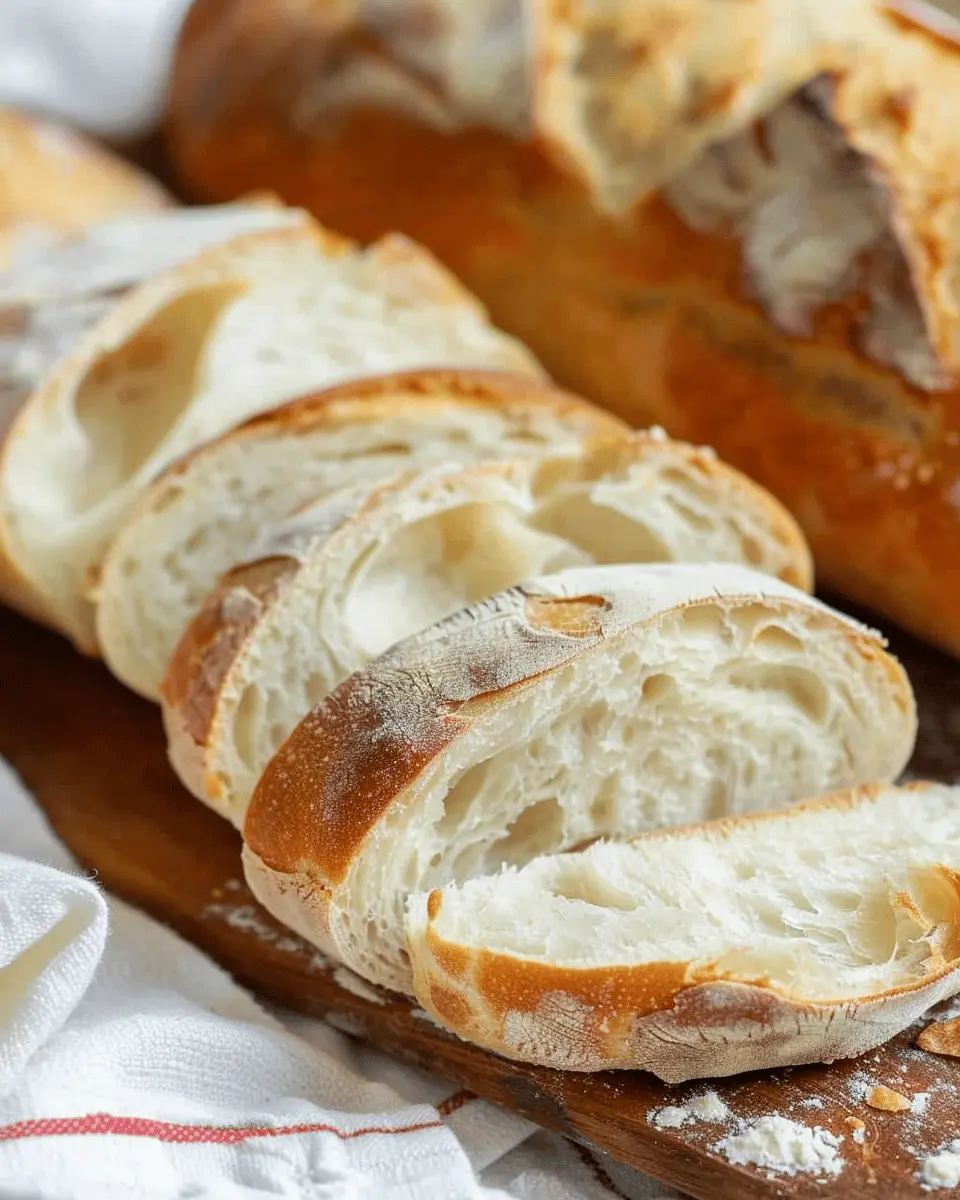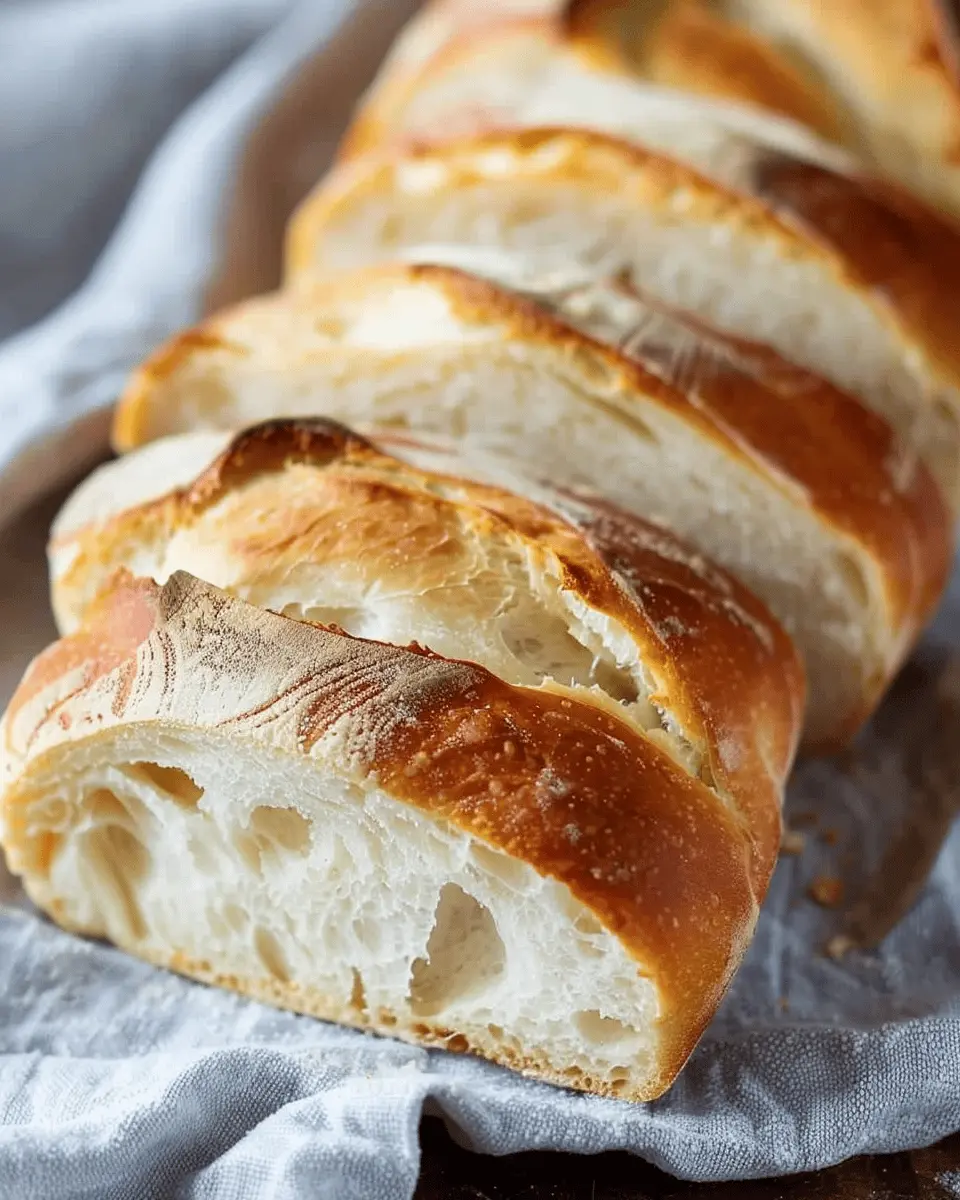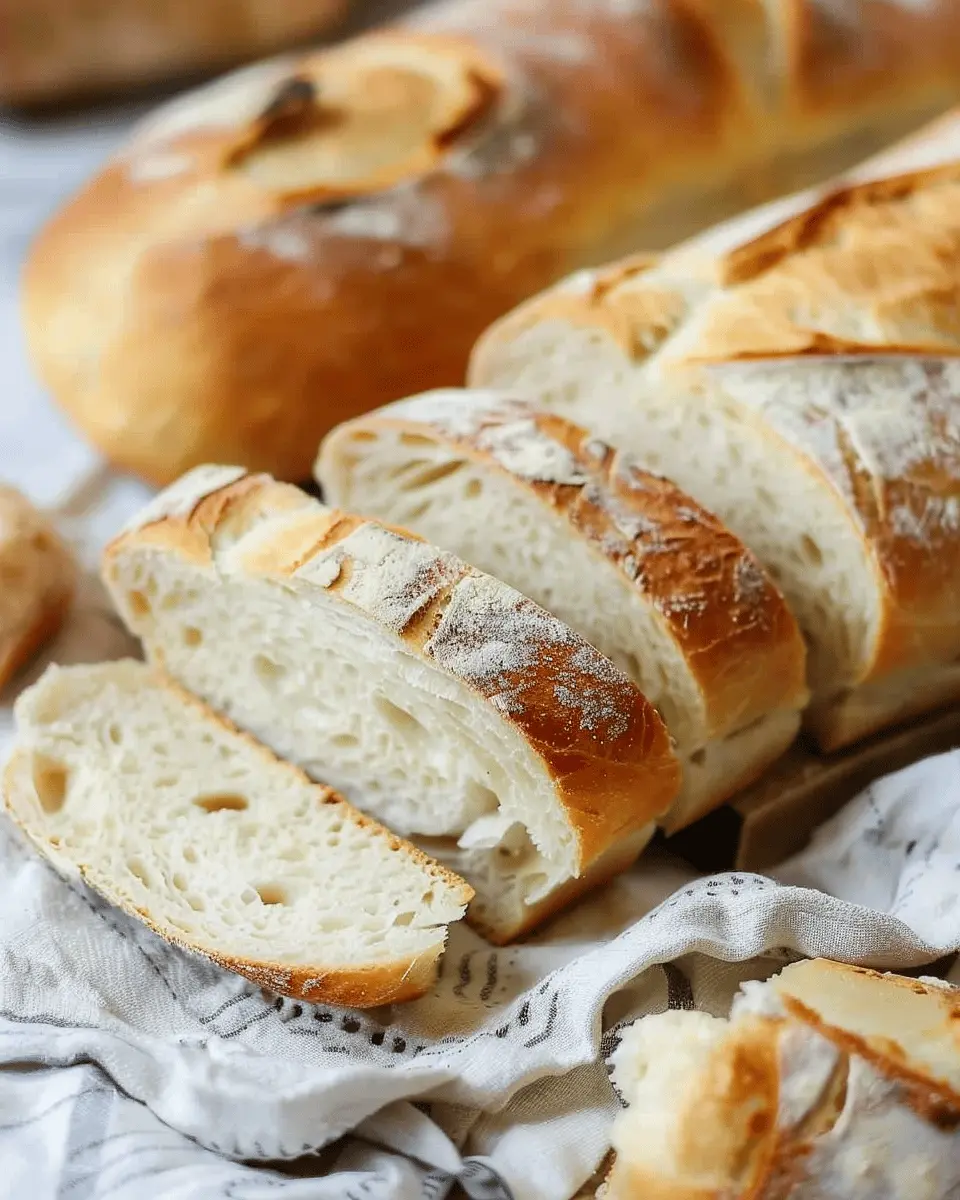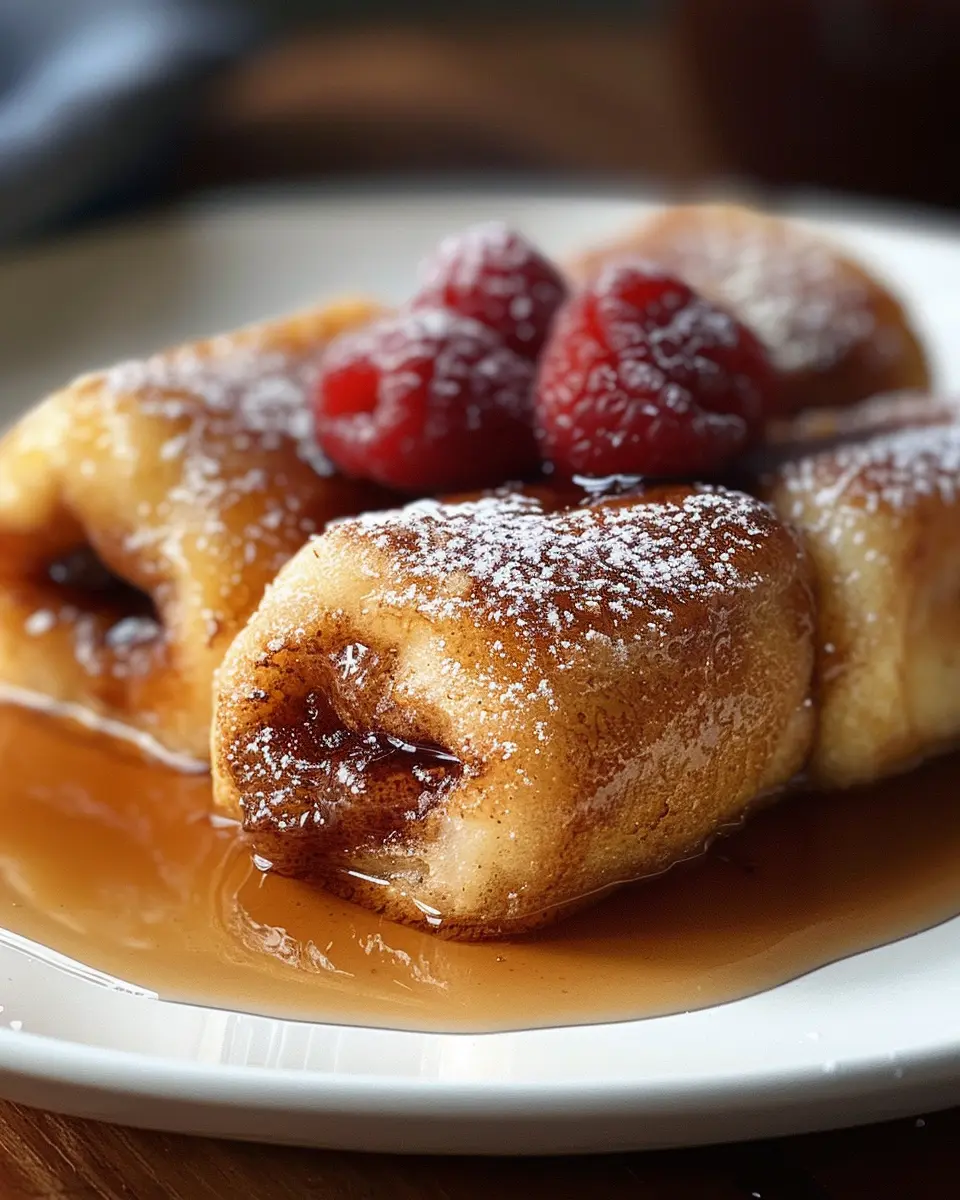Introduction to Homemade French Bread
If you’ve ever walked past a bakery and caught a whiff of freshly baked bread, you know that homemade French bread can ignite a sense of comfort and nostalgia. It’s more than just food; it’s a hug in the form of a crusty baguette. But what makes this delightful creation the ultimate comfort food? Let’s dive in.
Why Homemade French Bread is the Ultimate Comfort Food
Imagine the joy of pulling a loaf of homemade French bread out of your oven. The golden crust crackles gently as it cools, releasing intoxicating aromas that draw everyone to the kitchen. This bread is more than just a meal; it’s an experience.
Here are a few reasons why you should give it a try:
-
Freshness Reimagined: There’s something special about knowing you made it from scratch. According to a study by the Bread Bakers Guild of America, the act of kneading dough can be therapeutic, almost like crafting a piece of art. Plus, that fresh-from-the-oven aroma? It can brighten up even the gloomiest of days.
-
Versatile Pairing Options: Whether you’re slathering on some herbed butter, pairing it with your favorite vegetable soup, or creating a savory turkey bacon sandwich, the possibilities are endless. You could even toast it and enjoy it with a sweet spread—how about some homemade jam?
-
Satisfying Simplicity: The beauty of homemade French bread lies in its simplicity. With just a few ingredients—flour, water, salt, and yeast—you can create something truly magical. It doesn’t require a lot of fancy equipment, just your hands and a little patience.
Have you ever thought about how much better your meals would taste with perfectly baked bread on the side? A warm slice can transform an ordinary evening into a special occasion. And if you’re not an experienced baker, don’t worry! Making homemade French bread is a fantastic entry point into the world of baking.
In summary, whether you’re hosting friends, preparing a romantic dinner, or simply enjoying a quiet evening, nothing beats the joy of having homemade French bread as part of the experience. So grab your apron, and let’s get started on this delightful adventure together! For tips on perfecting your bread-making techniques, check out King Arthur Baking or The Kitchn for some expert insights!

Ingredients for Homemade French Bread
When it comes to crafting your own homemade French bread, having the right ingredients on hand is crucial. Here’s a handy breakdown for you!
Essential ingredients for a classic French baguette
To create that delightful crust and airy interior, you’ll need:
- All-purpose flour: This is the backbone of your bread. It provides structure, and using high-quality flour can make a noticeable difference.
- Water: Opt for room temperature. It activates the yeast and hydrates the flour for the perfect dough texture.
- Yeast: Active dry yeast or instant yeast works well. Don’t skimp here; it’s what makes your bread rise beautifully.
- Salt: A key player! Salt enhances flavor and controls the fermentation process.
Optional ingredients for flavor enhancements
Want to take your homemade French bread to the next level? Consider these additions:
- Olive oil: A tablespoon can add richness and contribute to a softer crumb.
- Honey or sugar: A touch adds a hint of sweetness and helps with browning.
- Herbs: Fresh or dried herbs, like rosemary or thyme, can infuse delightful flavors.
Experimenting with these ingredients can lead to a loaf that’s uniquely yours! For further tips on baking techniques, check out this guide. Enjoy your baking adventure!
Step-by-step Preparation of Homemade French Bread
Making your own Homemade French Bread is a delightful journey that can lead to the warm, crunchy crust and soft interior of your dreams. There’s something undeniably satisfying about kneading dough, watching it rise, and then savoring the delightful aromas wafting through your kitchen as it bakes. Let’s walk through each step together to create a loaf that will impress anyone lucky enough to share some with you.
Gather your ingredients
Before diving into the magic of bread-making, it’s essential to gather all the necessary ingredients. For a perfect loaf of Homemade French Bread, you will need:
- 4 cups of all-purpose flour (plus extra for dusting)
- 1 ½ cups of warm water (not too hot, about 110°F or 43°C)
- 2 teaspoons of salt
- 2 teaspoons of sugar
- 1 packet (2 ¼ teaspoons) of active dry yeast
These simple ingredients are the foundation of your bread. If you’re looking for a more artisanal touch, consider exploring different types of flour, such as bread flour or whole wheat, to enhance the flavor and texture of your loaf.
Mix the dough
In a large mixing bowl, combine the warm water, sugar, and yeast. Stir gently and let it sit for about 5-10 minutes until foamy. This process activates the yeast and proves it’s doing its job!
Next, add in the flour and salt. A good tip here is to mix it gradually—either by hand or using a stand mixer fitted with a dough hook—until the mixture comes together. If you’re unsure about the consistency, remember that the dough should be somewhat sticky but manageable.
Knead until smooth
Now comes the fun and somewhat therapeutic part: kneading! If you’re kneading by hand, place the dough on a lightly floured surface and push it away from you with the heel of your hand; then fold it back towards you. Repeat this for about 8-10 minutes until the dough is smooth and elastic. If you’re using a stand mixer, knead on medium speed for about 6-8 minutes. Experts suggest this process is vital for developing the gluten, giving your Homemade French Bread that perfect chewy texture.
Let it rise
Once kneaded, place your dough in a lightly oiled bowl, covering it with a damp cloth or plastic wrap. Let it rise in a warm area until it doubles in size—this usually takes about 1 to 1.5 hours. If you’re curious about this step, it’s all about fermentation, which not only allows the dough to rise but also develops those delicious flavors.
Shape the loaves
After the dough has risen, punch it down gently to release the air. Divide the dough into two equal pieces if you want two loaves. Shape each piece into a oblong or round loaf, depending on your preference. The surface should be taut and smooth for the best result. Tuck the ends underneath to create a nice shape.
Prepare for baking
Once shaped, place the loaves on a baking sheet lined with parchment paper. Cover them with a towel and let them rise again for about 30-45 minutes. Preheat your oven to 400°F (200°C). Knowing when to bake is crucial; a good tip is to create a few shallow slashes on top of the loaves just before baking. This not only adds to the beauty of the loaf but also helps it expand in the oven.
Bake the French bread to perfection
Place your loaves in the oven and bake them for approximately 25-30 minutes or until they’re golden brown and sound hollow when tapped on the bottom. Want to take your Homemade French Bread to the next level? You can create steam in the oven by placing a shallow pan of hot water on the bottom shelf while your bread bakes. This adds moisture, resulting in a crust that’s irresistible.
Once done, remove your loaves and let them cool on a rack. Now, enjoy some warm slices with a healthy spread, or toast them up to make a delightful garlic bread. Each bite of your Homemade French Bread will be a testament to your hard work and a treat you’ll want to repeat!
For more information on bread-making techniques, consider visiting King Arthur Baking for additional tips and tricks to refine your baking skills.

Variations on Homemade French Bread
When it comes to making Homemade French Bread, the possibilities are endless. Let’s explore some delightful variations that can elevate your baking game!
Herbed French Bread
Imagine walking into your kitchen, greeted by the aromatic scent of fresh herbs mingling with baking bread. For a savory twist, add a blend of dried herbs like rosemary, thyme, and oregano to your dough. Not only will they enhance the flavor, but they also make for an eye-catching loaf. Serve it with olive oil for dipping or alongside soups and salads for a gourmet touch. If you’re looking for more ideas on using herbs in your cooking, check out this guide.
Whole Grain French Bread
For a healthier take, try Whole Grain French Bread. Substitute half of your all-purpose flour with whole wheat flour or even a mix of multigrain flours. This variation packs in extra nutrition, fiber, and a nuttier flavor. Whole grain bread can be an excellent source of protein and other essential nutrients. Plus, it pairs beautifully with spreads or as the base for a hearty sandwich. Want some insights on the health benefits? Visit Healthline’s extensive article here.
French Bread Rolls
Are you planning a gathering? French Bread Rolls are perfect for entertaining! Shape your dough into rolls instead of a loaf for individual servings. These can be served warm with butter, or used for sliders—think turkey bacon or chicken ham sandwiches! Guests will appreciate the personal touch, and who doesn’t love a warm roll straight from the oven?
These variations make your Homemade French Bread experience even more exciting and flavorful. So, roll up those sleeves and invite friends over for your baking adventure!
Cooking Tips and Notes for Homemade French Bread
Creating the perfect homemade French bread can feel like a daunting task, but fear not! With a few tips and tricks, you’ll be able to impress your friends and family in no time.
Common pitfalls to avoid
When baking, it’s easy to make simple mistakes. Here are a couple to watch out for:
- Over-proofing the dough: Don’t let it sit for too long; watch for its doubling in size to know when to move on.
- Skipping the steam: Adding steam to your oven during baking helps achieve that crispy crust you love. A tray of hot water on the bottom works wonders.
Expert tips for achieving the perfect crust
To ensure a beautifully golden crust, try these techniques:
- Use a preheated baking stone: This mimics a traditional French oven and enhances heat distribution.
- Score the top of your loaf: It allows for better expansion and creates an appealing design while preventing the bread from bursting.
Importance of proper kneading
Kneading your dough correctly is crucial. It develops the gluten, which gives your bread its structure and chew. Aim for about 10 minutes of kneading until the dough is smooth and elastic. Each stretch and fold brings you one step closer to that delicious homemade French bread you’re dreaming of.
For more detailed insights, consider checking out Baker’s Edge or King Arthur Baking, both excellent resources for bread-making enthusiasts!

Serving Suggestions for Homemade French Bread
Pairing with Dips and Spreads
Homemade French Bread is a versatile canvas for dips and spreads that can elevate any meal. Consider serving it alongside a rich olive tapenade or a smooth homemade hummus. For a touch of gourmet flair, whip up a garlic and herb butter spread. Did you know that making your own spreads can be a fun way to experiment with flavors? Check out this article for delicious dip recipes that pair beautifully with crusty bread.
Using French Bread in Sandwiches
You can’t go wrong with sandwiches crafted from your freshly baked French Bread. Slice it to create hearty sandwiches filled with Turkey Bacon, Chicken Ham, or roasted veggies. Want something warm? Try making a panini with your favorite deli meats and melty cheese for a satisfying lunch or dinner.
Creative Ways to Serve with Meals
Think outside the box! Use your Homemade French Bread as a side to hearty soups or stews. Tear off pieces to soak up the flavors, or make bruschetta topped with seasonal tomatoes and basil. You can also present slices at brunch, accompanied by a savory egg dish. There’s no limit to how homemade French bread can enhance your dining experience!
PrintHomemade French Bread: The Easy Way to Elevate Your Meals
This homemade French bread recipe is perfect for elevating any meal with its crusty exterior and soft, chewy interior.
- Prep Time: 20 minutes
- Cook Time: 30 minutes
- Total Time: 1 hour 50 minutes
- Yield: 2 loaves 1x
- Category: Breads
- Method: Baking
- Cuisine: French
- Diet: Vegetarian
Ingredients
- 4 cups all-purpose flour
- 2 teaspoons salt
- 1 tablespoon sugar
- 2 1/4 teaspoons active dry yeast
- 1 1/2 cups warm water
Instructions
- In a large bowl, combine warm water, sugar, and yeast. Let it sit until foamy.
- Add salt and flour gradually to the yeast mixture and knead until smooth.
- Let the dough rise in a warm place until doubled in size.
- Punch down the dough and divide it into two loaves.
- Shape the loaves and place them on a baking sheet to rise again.
- Bake in a preheated oven until golden brown.
Notes
- For a crustier bread, place a pan of water in the oven while baking.
- Experiment with adding herbs or garlic for extra flavor.
Nutrition
- Serving Size: 1 slice
- Calories: 120
- Sugar: 1g
- Sodium: 200mg
- Fat: 1g
- Saturated Fat: 0g
- Unsaturated Fat: 0g
- Trans Fat: 0g
- Carbohydrates: 23g
- Fiber: 1g
- Protein: 4g
- Cholesterol: 0mg
Keywords: Homemade French Bread, Easy Bread Recipe, Fresh Bread











